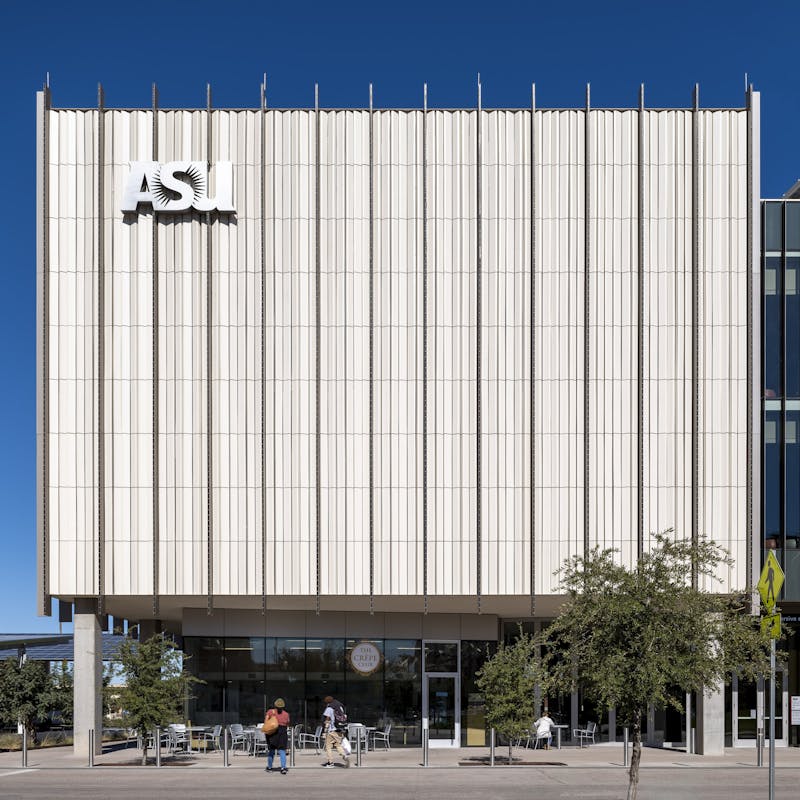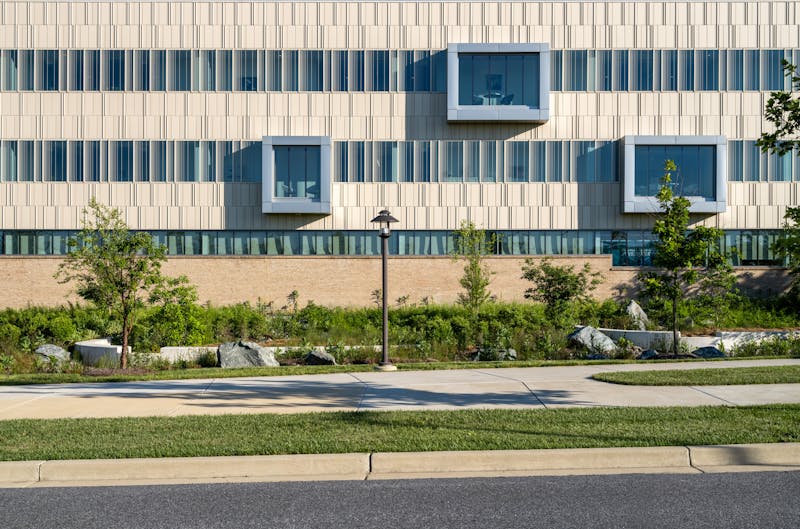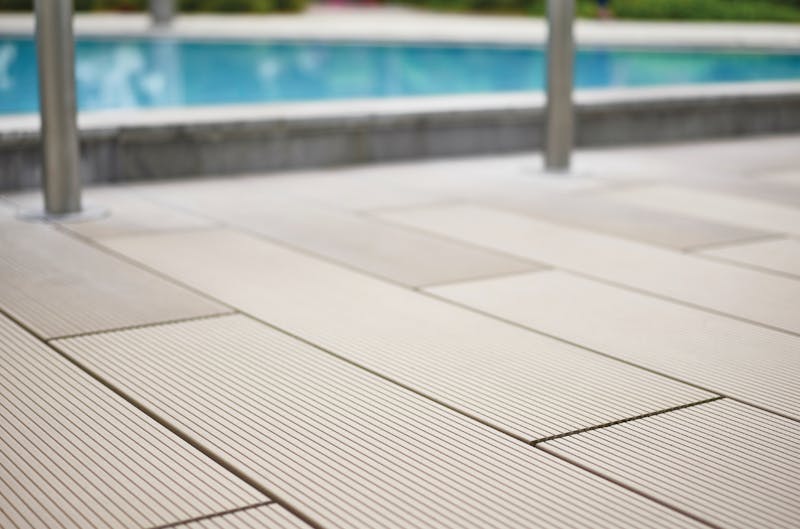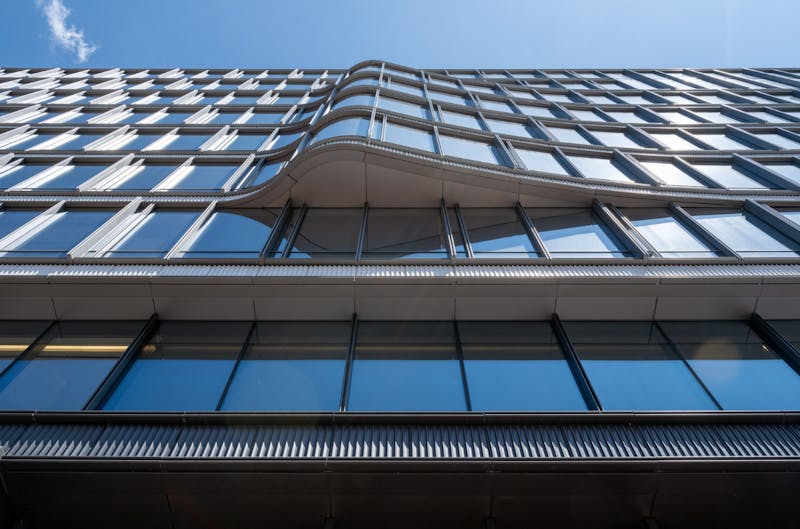Terracotta Facade Ideas for An Architect's Perspective
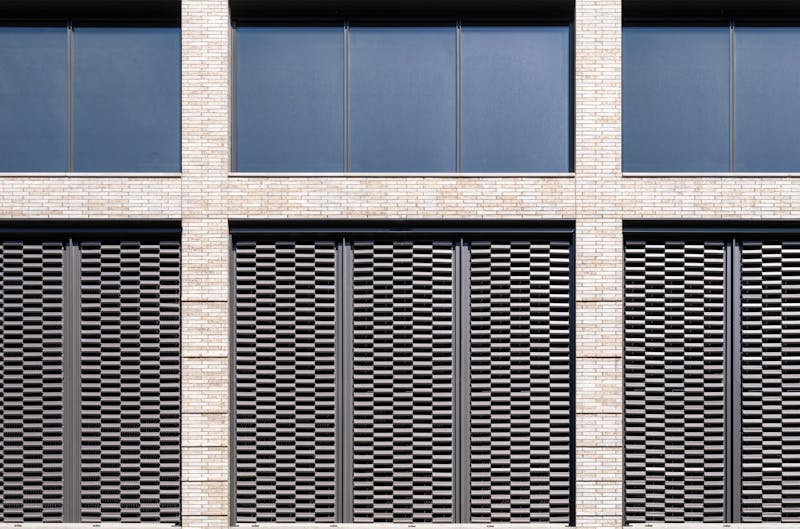
- Blog
- 04/23/2025
- Shildan Group
Blog post by Shildan Group
Introduction
Terracotta, a beautiful and practical building material, has been utilized for centuries. Its adaptability, texture, and the warmth of its color make it an attractive choice for architects. In modern architecture, terracotta has taken on a more versatile role, manifesting itself in innovative designs that push the boundaries of aesthetics and sustainability. Here's how architects incorporate terracotta building ideas into their projects.
Arizona State University Mesa Creative Future Lab (Photo: Sinziana Velicescu/Shildan Group)
Marymount School (Photo: Sinziana Velicescu/Shildan Group)
Brookfield Conference Center (Photo: Peter McCullough Photography)
- Download Image
- Download Image

- Download Image
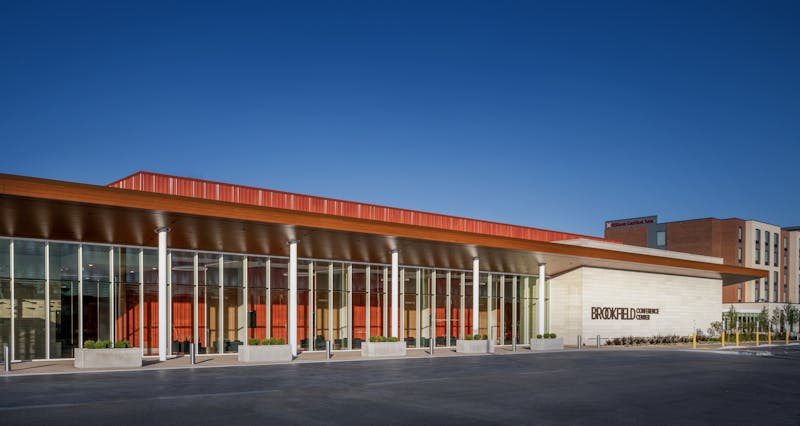
Terracotta and Sustainable Design
Today's architects consistently strive for sustainable designs, with the ultimate goal of creating enduring, energy-efficient buildings. Terracotta is naturally sustainable because it's made from readily available clay and requires little processing. Moreover, terracotta is recyclable and contributes to energy savings due to its insulative properties.
Many design firms are now promoting "green architecture," viewing terracotta as an invaluable material that enables the realization of creative ideas without compromising environmental considerations. Architects appreciate terracotta for its durability and resistance against harsh environmental elements, making it a long-lasting choice for contemporary buildings.
The Versatile Terracotta Panels
Modern architecture has adopted terracotta panels in building designs due to their design flexibility and practical benefits. Architects appreciate the variety of colors, shapes, and textures that terracotta panels offer, allowing them to experiment with appearances, from sleek and modern to traditional.
The panels introduce an enhancing aesthetic element and bring functional benefits like improved thermoregulation and noise reduction. Terracotta panels can be customized to the architect's vision, providing design flexibility rarely matched by other materials. This ability to tailor designs helps architects create buildings with unique identities that harmonize with their surroundings.
Residential Buildings and Terracotta
Terracotta is a popular choice for residential architecture because it can be molded into various shapes and expressions. Its earthy tones create a warm, welcoming feel, while its customizable design suits both urban apartments and countryside residences.
Architects use terracotta in residential designs to add character to housing complexes. They utilize terracotta tiles for roofing, providing protection against the elements. Terracotta is also used for creating fascia boards and decorative elements, adding personality and charm to homes.
Commercial Buildings and Terracotta
Terracotta is admired for its visual appeal and functional benefits in commercial buildings. Architects consider terracotta a valuable asset when aiming for energy-efficient commercial structures without compromising aesthetics. Its wide range of colors, textures, and finishes makes it possible to create distinctive facades that match a business's values and identity.
Terracotta panels act as a shield to protect buildings against varying weather and temperatures, reducing maintenance costs and extending lifespan. Architects use terracotta to meet corporate sustainability goals while creating commercial buildings with a strong visual statement.
Public Spaces Transformed with Terracotta
Public spaces such as museums, libraries, and schools require unique design considerations to be functional, inviting, and capable of standing the test of time. With its blend of beauty and resilience, terracotta fits these requirements perfectly.
Architects utilize terracotta to create public buildings that aren't just functional but also aesthetically pleasing and environmentally friendly. Playing with terracotta's color and texture palettes, architects create timeless public spaces that speak to the identity and values of the community, inspiring public participation and engagement.
Terracotta in Industrial Architecture
In industrial facilities where efficiency is critical, terracotta serves as a practical, maintenance-free façade solution. It provides a robust and durable exterior while retaining an intriguing aesthetic element.
Architects designing industrial buildings appreciate terracotta for its ability to combine practicality, strength, and design flexibility, making industrial facilities more than just utility spaces. With terracotta, such buildings can exhibit a pleasing architectural character while boasting longevity and optimized productivity.

